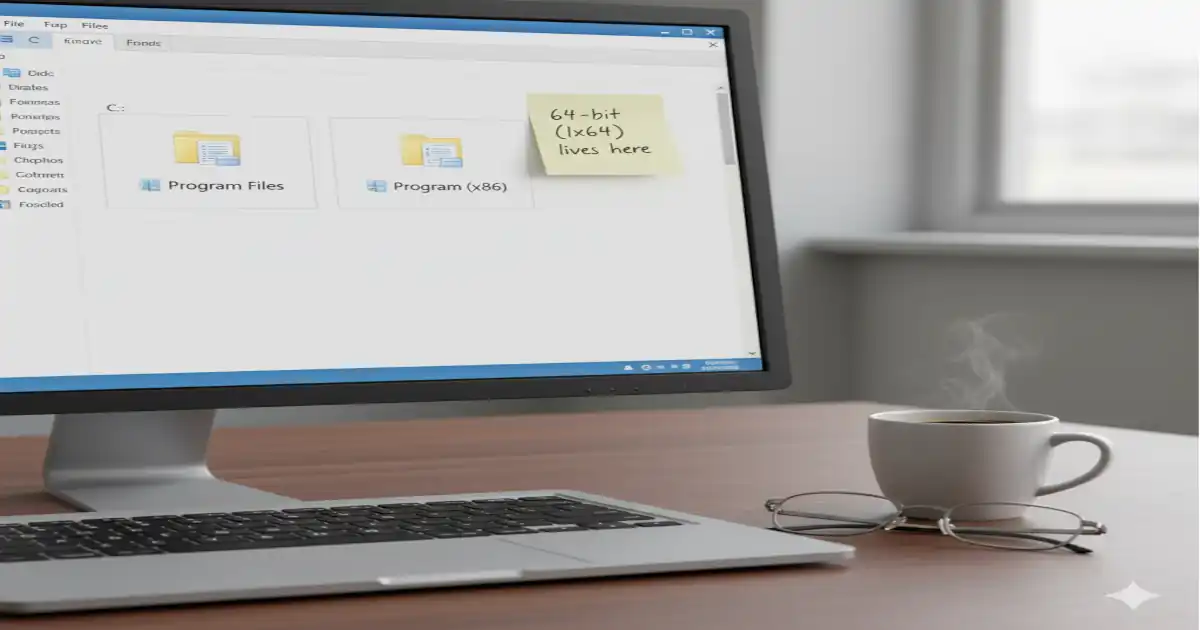1. Introduction to Amazon Frogbit Water Parameters
Amazon Frogbit (Limnobium laevigatum) is a floating aquatic plant cherished by aquarium and pond enthusiasts for its vibrant green leaves and ease of care. Originating from Central and South America, this plant has gained popularity worldwide due to its ability to provide shelter for aquatic life, reduce algae growth, and enhance the overall aesthetics of marine environments.
Understanding the water parameters in which Amazon Frogbit thrives is crucial for maintaining its health and ensuring its successful growth. Water parameters, including temperature, pH, hardness, and nutrient levels, influence plant vitality. This article explores these factors in detail and offers practical advice on optimizing water conditions for Amazon Frogbit.
2. Optimal Water Temperature for Amazon Frogbit
Temperature Range
Temperature plays a pivotal role in the growth and health of Amazon Frogbit. This plant thrives in a temperature range of 68-86°F (20-30°C), making it versatile enough to flourish in tropical and temperate aquariums. Maintaining the right temperature ensures the plant can photosynthesize efficiently and grow optimally.
Effects of Temperature on Growth
Temperature affects the growth rate of Amazon Frogbit and influences its physiological processes. The plant’s growth may slow down at the lower end of its preferred temperature range, while higher temperatures can accelerate its development. However, extreme temperatures outside the recommended range can stress the plant, leading to stunted growth or even death.
Seasonal Variations
In outdoor ponds, seasonal temperature fluctuations can present a challenge. During colder months, the temperature may drop below the ideal range, potentially causing the plant to die back or go dormant. Conversely, high temperatures can lead to rapid growth, which may require more frequent maintenance. In indoor aquariums, temperature control is easier, but monitoring and adjusting the temperature as needed is still essential.
3. pH Levels: The Acid-Alkaline Balance
Ideal pH Range for Amazon Frogbit
The water’s pH level is another critical factor for the health of Amazon Frogbit. This plant prefers a pH range of 6.0-7.5, which is slightly acidic to neutral. Maintaining this balance helps the plant absorb nutrients effectively, promoting healthy growth.
Effects of pH on Nutrient Uptake
The pH level of the water directly affects the availability of nutrients. In water that is too acidic or too alkaline, essential nutrients like nitrogen, phosphorus, and potassium may become less available, leading to nutrient deficiencies. Symptoms of pH imbalance can include yellowing leaves, stunted growth, and poor overall plant health.
Adjusting pH Levels
If the pH level is outside the ideal range, it can be adjusted using natural or chemical methods. For example, adding driftwood or peat can naturally lower the pH, while using pH buffers can help stabilize it to the desired level. Regularly testing the pH with test kits ensures the water remains within the optimal range.
4. Water Hardness: Understanding dGH
Defining Water Hardness
Water hardness, measured in degrees of General Hardness (dGH), refers to the concentration of dissolved minerals in the water, primarily calcium and magnesium. Amazon Frogbit thrives in soft to moderately hard water, with a preferred hardness range of 2-12 dGH.
Impact of Water Hardness on Plant Health
The hardness of the water can significantly impact the health of Amazon Frogbit. In too-soft water, the plant may suffer from mineral deficiencies, leading to weak growth and discolored leaves. Conversely, the plant may struggle to absorb nutrients in extremely hard water, resulting in poor growth.
Adjusting Water Hardness
Hobbyists can use various methods to maintain the ideal water hardness. Reverse osmosis (RO) systems or adding rainwater can be effective for softening water. To increase hardness, adding minerals or using remineralization products can help achieve the desired levels.
5. Lighting Requirements for Amazon Frogbit
Importance of Lighting
Lighting is a crucial element in the care of Amazon Frogbit, as it drives photosynthesis, allowing the plant to convert light into energy. This plant thrives under moderate to high lighting conditions, which promote healthy, vibrant growth.
Types of Lighting
When it comes to lighting, there are several options available. LED lights are popular due to their energy efficiency and ability to provide a full spectrum. Fluorescent lights are also a good choice, especially for larger tanks or ponds. Natural sunlight is ideal but may not always be feasible, especially indoors.
Managing Light Exposure
While Amazon Frogbit requires good lighting, managing light exposure is essential to prevent algae growth. Excessive light can lead to an overgrowth of algae, which can compete with the plant for nutrients. On the other hand, insufficient lighting can cause the plant to become leggy and lose its vibrant green color.
6. Nutrient Needs and Fertilization
Nutrient Requirements
Amazon Frogbit requires a steady supply of nutrients to thrive. Key nutrients include nitrogen, phosphorus, potassium, and trace elements like iron and magnesium. A lack of these nutrients can lead to various issues, such as yellowing leaves, slow growth, and poor health.
Fertilization Techniques
Fertilization may be necessary to ensure Amazon Frogbit receives adequate nutrients, especially in low-tech tanks or nutrient-poor water. Liquid fertilizers can be added directly to the water, providing a quick and easy way to supply essential nutrients. Alternatively, substrate fertilizers can be used, especially in tanks with a nutrient-rich substrate.
Nutrient Imbalance Issues
Nutrient imbalances can cause various problems, such as excess nutrients leading to algae blooms or nutrient deficiencies causing poor plant health. Regular water testing can help identify any imbalances, allowing timely adjustments.
7. Water Circulation and Flow
Importance of Water Movement
Water circulation is vital for distributing nutrients and maintaining overall water quality. Amazon Frogbit benefits from gentle water movement, which helps to ensure that nutrients are evenly distributed throughout the tank or pond.
Effects of Strong Currents
While water movement is important, strong currents can harm Amazon Frogbit. Excessive water flow can damage the plant’s delicate roots and cause the leaves to become submerged, reducing its ability to photosynthesize.
Ideal Water Circulation Techniques
It’s important to balance water circulation and calm conditions to create the ideal environment for Amazon Frogbit. Using air stones, filters, or power heads can help achieve gentle water movement without creating strong currents. In ponds, strategically placing water pumps or fountains can help maintain water circulation without disturbing the plants.
8. Common Water Parameter Issues and Solutions
Identifying Water Quality Problems
Maintaining the ideal water parameters for Amazon Frogbit is essential, but issues can still arise. Common signs of poor water quality include discoloration of the leaves, stunted growth, and increased algae. Identifying these problems early can prevent more serious issues from developing.
Troubleshooting Water Parameter Issues
When water quality problems occur, it’s important to take corrective action quickly. For example, pH spikes can be addressed by using pH buffers, while hardness fluctuations can be managed by adjusting the mineral content of the water. Temperature drops can be mitigated by using aquarium heaters or moving outdoor plants to a warmer location.
Preventative Measures
Regular testing of water parameters, including temperature, pH, hardness, and nutrient levels, is the best way to prevent issues from arising. Water conditioners and buffers can help maintain stable water conditions, ensuring Amazon Frogbit remains healthy and vibrant.
9. Case Studies and Real-world Examples
Case Study 1: Successful Amazon Frogbit Growth in a Home Aquarium
In a well-maintained home aquarium, Amazon Frogbit can thrive with proper care. One hobbyist reported excellent growth by maintaining a consistent temperature of 75°F, a pH of 7.0, and using moderate lighting. Regular fertilization with liquid nutrients and gentle water circulation helped the plant flourish, providing a lush green cover on the water’s surface.
Case Study 2: Challenges in an Outdoor Pond Environment
As one pond owner discovered, growing Amazon Frogbit in an outdoor pond presents unique challenges. Temperature fluctuations, particularly in colder months, required the use of floating covers to protect the plants. Additionally, pests like aphids were a constant threat, necessitating regular inspections and occasional use of natural insecticides. Despite these challenges, the owner maintained a healthy Amazon Frogbit by monitoring water parameters closely and making necessary adjustments.
Lessons Learned
These case studies highlight the importance of understanding and managing water parameters for Amazon Frogbit. By learning from real-world examples, hobbyists can gain practical insights into how to grow this plant successfully in various environments.
10. Conclusion
Maintaining the ideal water parameters for Amazon Frogbit is essential for ensuring its health and vitality. Hobbyists can create an environment where this plant can thrive by paying close attention to temperature, pH, water hardness, lighting, and nutrient levels. Regular monitoring and adjustments are key to preventing issues and promoting long-term growth.
Whether you’re growing Amazon Frogbit in a home aquarium or an outdoor pond, understanding and managing water parameters will help you achieve success. By following the best practices outlined in this article, you can enjoy the beauty and benefits of this versatile aquatic plant for years to come.
Frequently Asked Questions (FAQs)
What water parameters are best for Amazon Frogbit?
Amazon Frogbit thrives in water with a temperature range of 68-86°F (20-30°C), a pH between 6.0 and 7.5, and a hardness of 2-12 dGH.
How much light does Amazon Frogbit need?
Amazon Frogbit requires moderate to high light for optimal growth. LED or fluorescent lighting works well in aquariums, while outdoor sunlight is ideal.
Can Amazon Frogbit survive in cold temperatures?
Amazon Frogbit can go dormant or die back in cold conditions. For outdoor ponds, protective measures like floating covers are recommended in colder months.
How do I control algae growth when keeping Amazon Frogbit?
To prevent algae growth, manage light exposure and regularly test water parameters. Proper water circulation also helps reduce algae buildup.
What are common signs of poor water quality affecting Amazon Frogbit?
Yellowing leaves, stunted growth, and increased algae are common signs. Regular temperature, pH, and nutrient testing can help prevent these issues.
How often should I fertilize Amazon Frogbit in an aquarium?
Fertilize Amazon Frogbit once a week or as needed with liquid fertilizers to ensure it receives essential nutrients for vibrant, healthy growth.
 Akedo Warriors gaming and general site
Akedo Warriors gaming and general site 


